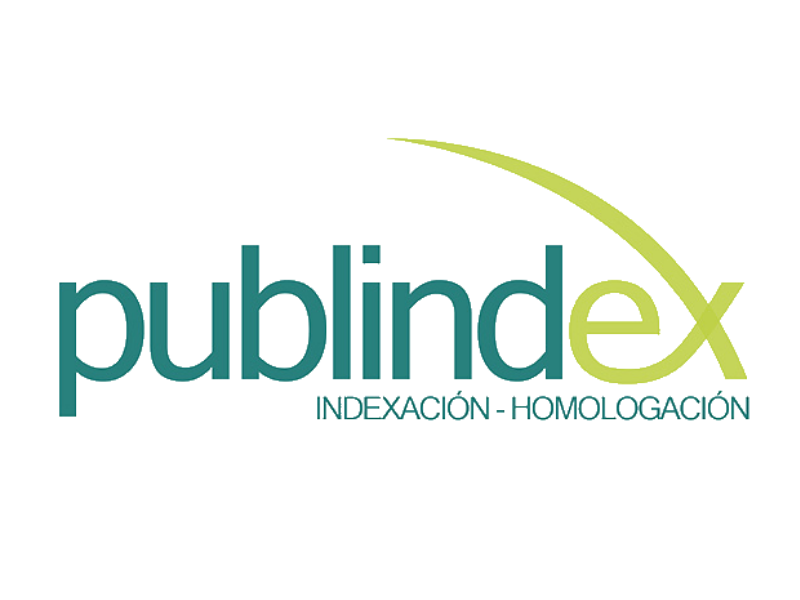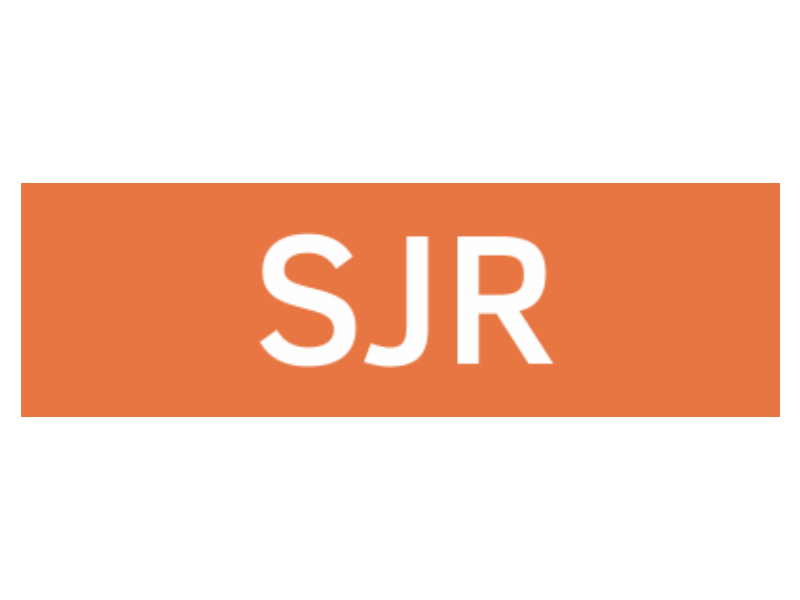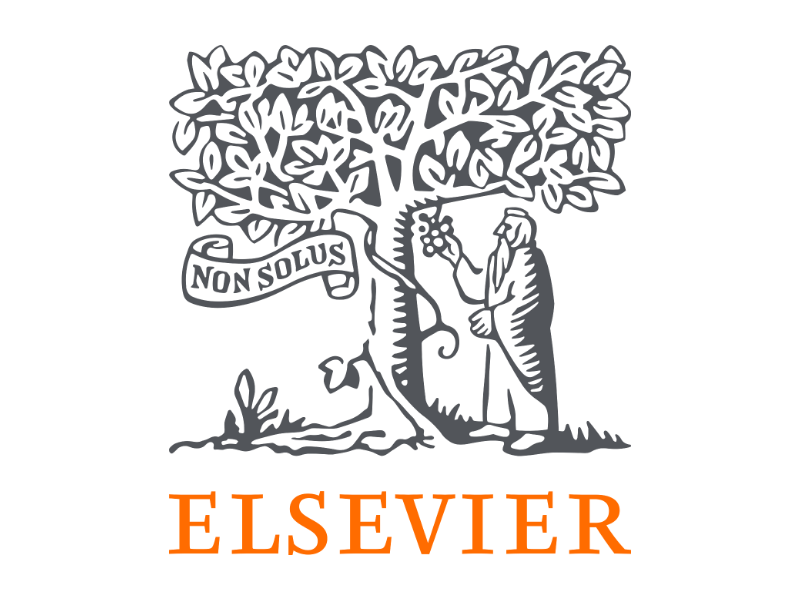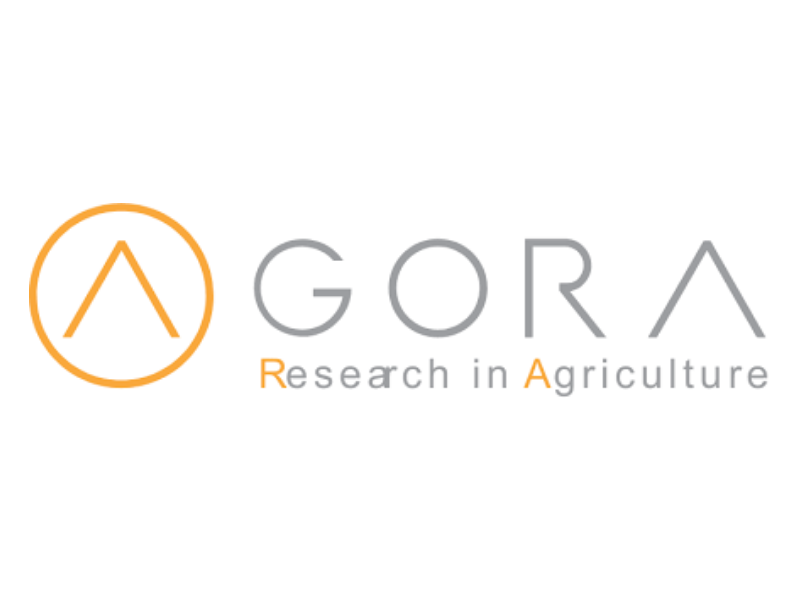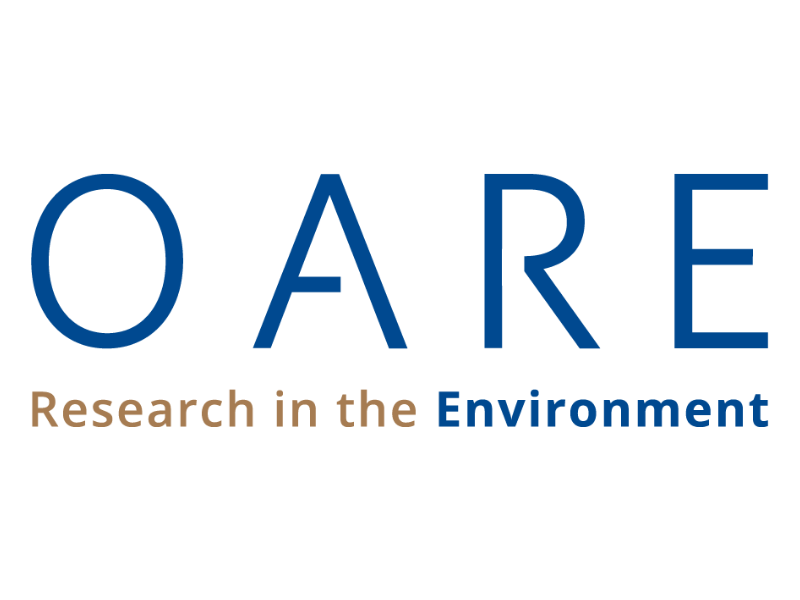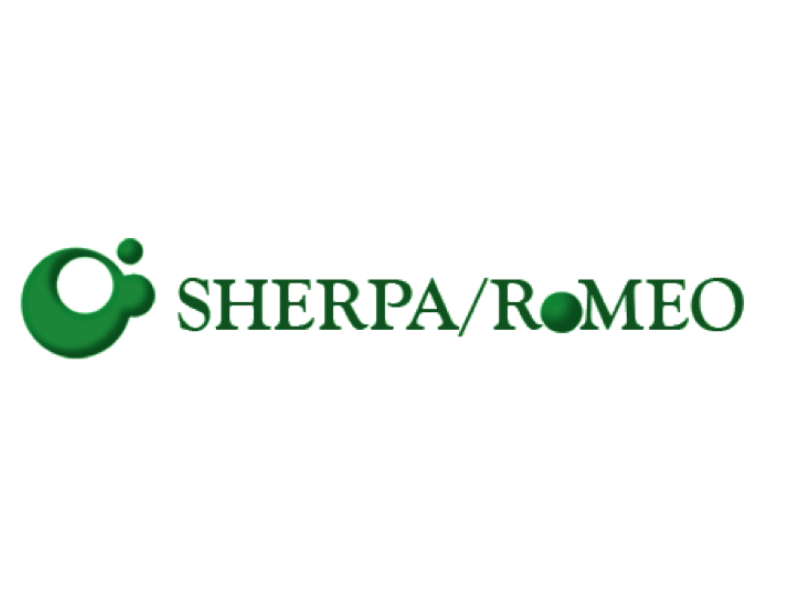Expresión génica en células de granulosa bovinas de folículos en crecimiento
Gene expression analysis of bovine granulosa cells from growing follicles
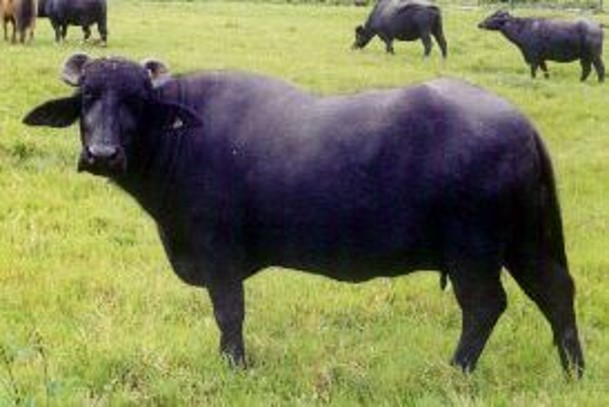

Esta obra está bajo una licencia internacional Creative Commons Atribución-NoComercial-CompartirIgual 4.0.
Mostrar biografía de los autores
Objetivo. Comparar la expresión génica en células de granulosa de folículos en crecimiento en dos diferentes especies de bovinos (búfalos y vacas). Materiales y métodos. El RNA obtenido de las células de granulosa de 10 vacas y búfalas vacías fue secuenciado con Novaseq y se analizó la expresión génica diferencial usando EdgeR en Bioconductor y su función de acuerdo con los términos de ontología génica Resultados. El análisis de expresión diferencial mostró grandes diferencias entre las especies, fundamentalmente, la poca participación de los genes asociados a los fenómenos reproductivos del desarrollo folicular, poniendo de manifiesto la importancia del control paracrino del ovario. Se encontró que, entre búfalos y vacunos, no hay correspondencia en la expresión génica de los estados fisiológicos evaluados y aunque se pudieron identificar 6137 genes que tienen expresión diferencial entre las dos especies, no se encontró significancia en genes asociados directamente sobre el desarrollo folicular. Conclusiones. Cada especie tiene su forma de realizar el mismo proceso, aunque son evidentes las diferencias en la expresión de genes asociados a la fosforilación oxidativa. Se requieren nuevas formas de analizar los resultados para poder entender el significado biológico de los hallazgos.
Visitas del artículo 684 | Visitas PDF
Descargas
- Buntjer JB, Otsen M, Nijman IJ, Kuiper MTR, Lenstra JA. Phylogeny of bovine species based on AFLP fingerprinting. Heredity. 2002; 88(1):46-51. https://doi.org/10.1038/sj.hdy.6800007.
- Gimenes LU, Ferraz ML, Fantinato-Neto P, Chiaratti MR, Mesquita LG, Sá Filho MF, Meirelles FV, Trinca LA, Rennó FP, Watanabe YF, Baruselli PS. The interval between the emergence of pharmacologically synchronized ovarian follicular waves and ovum pickup does not significantly affect in vitro embryo production in Bos indicus, Bos taurus, and Bubalus bubalis. Theriogenology. 2015; 83(3):385-93. https://doi.org/10.1016/j.theriogenology.2014.09.030
- Drost M. Bubaline versus bovine reproduction. Theriogenology. 2007; 68(3):447–449. https://doi.org/10.1016/j.theriogenology.2007.04.012
- Scaramuzzi RJ, Baird DT, Campbell BK, Driancourt MA, Dupont J, Fortune JE, Gilchrist RB, Martin GB, McNatty KP, McNeilly AS, Monget P. Regulation of folliculogenesis and the determination of ovulation rate in ruminants. Reprod. Fert. Dev. 2011; 23(3):444-467. https://doi.org/10.1071/RD09161.
- Gougeon A. Human ovarian follicular development: from activation of resting follicles to preovulatory maturation. Annal d’endocrin. 2010; 71(3):132–43. https://doi.org/10.1016/j.ando.2010.02.021
- Khan DR, Landry DA, Fournier É, Vigneault C, Blondin P, Sirard M-A. Transcriptome meta-analysis of three follicular compartments and its correlation with ovarian follicle maturity and oocyte developmental competence in cows. Physiol. Genom. 2016; 48(8):633–643. https://doi.org/10.1152/physiolgenomics.00050.2016
- Nivet A-L, Bunel A, Labrecque R, Belanger J, Vigneault C, Blondin P, et al. FSH withdrawal improves developmental competence of oocytes in the bovine model. Reproduction. 2012; 143(2):165–171. https://doi.org/10.1530/REP-11-0391
- Robert C. Microarray analysis of gene expression during early development: A cautionary overview. Reproduction. 2010; 140:787–801. https://doi.org/10.1530/REP-10-0191
- Li J, Liu J, Liu S, Plastow G, Zhang C, Wang Z, et al. Integrating RNA-seq and GWAS reveals novel genetic mutations for buffalo reproductive traits. Anim Reprod Sci. 2018; 197:290-295 https://doi.org/10.1016/j.anireprosci.2018.08.041
- Li J, Li Z, Liu S, Zia R, Liang A, Yang L. Transcriptome studies of granulosa cells at different stages of ovarian follicular development in buffalo. Anim Reprod Sci. 2017; 187:181–192. https://doi.org/10.1016/j.anireprosci.2017.11.004
- Daetwyler HD, Capitan A, Pausch H, Stothard P, Van Binsbergen R, Brøndum RF, Liao X, Djari A, Rodriguez SC, Grohs C, Esquerre D. Whole-genome sequencing of 234 bulls facilitates mapping of monogenic and complex traits in cattle. Nature Genetics. 2014; 46(8):858-865. https://doi.org/10.1038/ng.3034
- Hatzirodos N, Hummitzsch K, Irving-Rodgers HF, Harland ML, Morris SE, Rodgers RJ. Transcriptome profiling of granulosa cells from bovine ovarian follicles during atresia. BMC Genom. 2014; 15(1):1-26. https://doi.org/10.1186/1471-2164-15-40
- Rao JU, Shah KB, Puttaiah J, Rudraiah M. Gene Expression Profiling of Preovulatory Follicle in the Buffalo Cow: Effects of Increased IGF-I Concentration on Periovulatory Events. PLoS ONE. 201; 6(6):e20754 https://doi.org/10.1371/journal.pone.0020754.
- Marin DF, Souza EB, Brito VC, Nascimento CV, Ramos AS, Rolim ST, Costa NN, Cordeiro MD, Santos SD, Ohashi OM. In vitro embryo production in buffaloes: from the laboratory to the farm. Anim. Reprod. Br. 2019; 16:260-266. https://doi.org/10.21451/1984-3143-AR2018-0135
- Tremblay PG, Sirard M-A. Transcriptomic analysis of gene cascades involved in protein kinase A and C signaling in the KGN line of human ovarian granulosa tumor cells. Biol Reprod. 2017; 96(4):855–865. https://doi.org/10.1093/biolre/iox024
- Hummitzsch K, Irving-Rodgers HF, Hatzirodos N, Bonner W, Sabatier L, Reinhardt DP, Sado Y, Ninomiya Y, Wilhelm D, Rodgers RJ. A new model of development of the mammalian ovary and follicles. PloS One. 2013; 8(2):e55578 https://doi.org/10.1371/journal.pone.0055578
- Khan DR, Guillemette C, Sirard MA, Richard FJ. Characterization of FSH signalling networks in bovine cumulus cells: a perspective on oocyte competence acquisition. Mol. Hum. Reprod. 2015; 21(9):688–701. https://doi.org/10.1093/molehr/gav032
- McGettigan PA, Browne JA, Carrington SD, Crowe MA, Fair T, Forde N, et al. Fertility and genomics: comparison of gene expression in contrasting reproductive tissues of female cattle. Reprod Fert Dev. 2016; 28(2):11. https://doi.org/10.1071/RD15354
- Takeo S, Kawahara-Miki R, Goto H, Cao F, Kimura K, Monji Y, et al. Age-associated changes in gene expression and developmental competence of bovine oocytes, and a possible countermeasure against age-associated events. Mol Rep Dev. 2013; 80(7):508–521. https://doi.org/10.1002/mrd.22187

